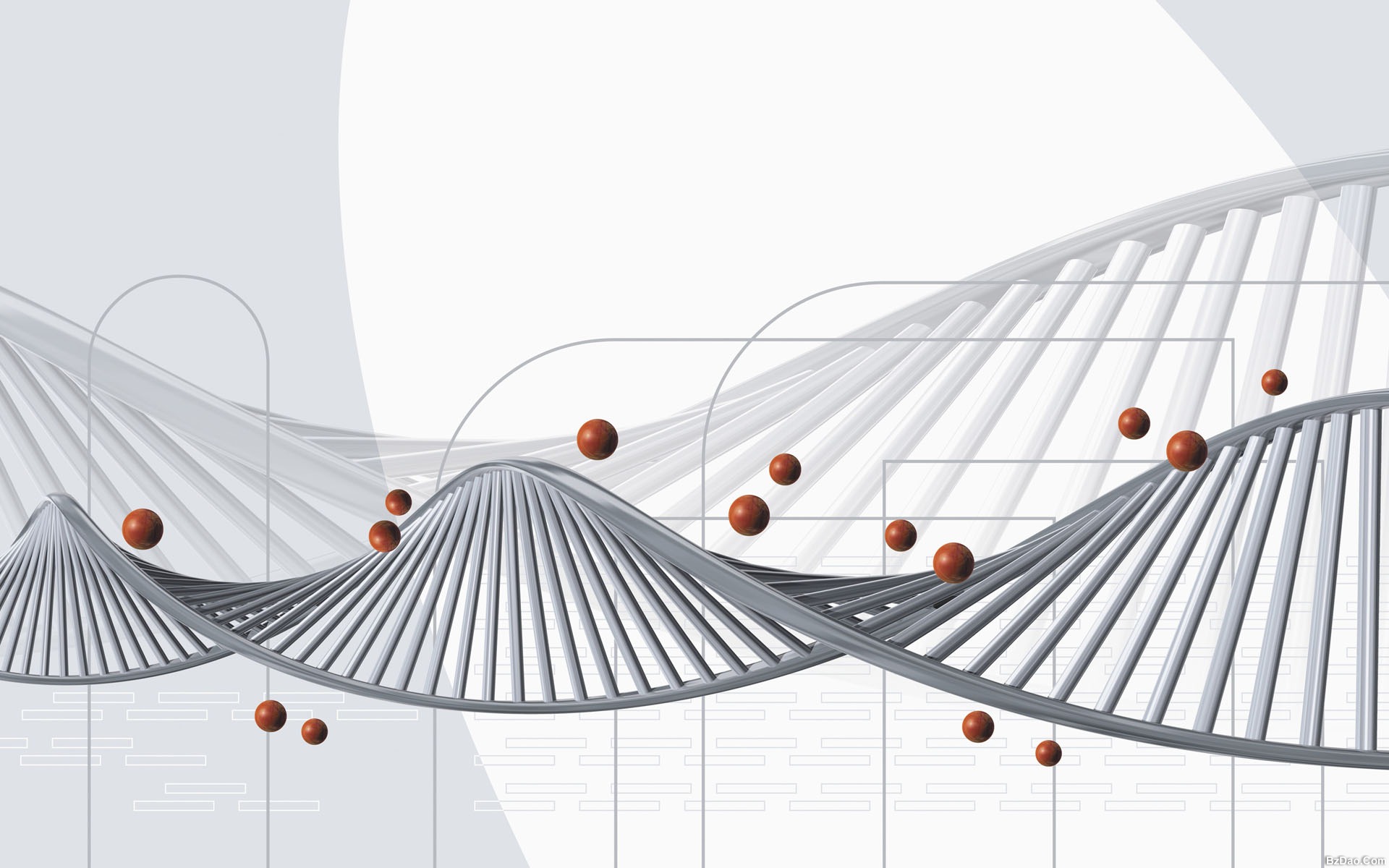Nature:新方法剔除“水分”基因 肺癌相关基因由450个减少...
| 导读 |
在我们发现的基因中,有这样一些“可疑基因”:它们产生的突变似乎与肿瘤有关,但是研究人员查遍整个癌症基因组数据却对它们无法解释。例如,为什么参与嗅觉的基因产生的突变与肺癌有关?
发布在自然网站上的一项对癌症基因组数据的研究通过分析突变速率在基因组中的不同位置怎样变化,终于剔除了这些以及其他原本以为和癌症有关的可疑基因。结果是惊人的:在一... |

在我们发现的基因中,有这样一些“可疑基因”:它们产生的突变似乎与肿瘤有关,但是研究人员查遍整个癌症基因组数据却对它们无法解释。例如,为什么参与嗅觉的基因产生的突变与肺癌有关?
发布在自然网站上的一项对癌症基因组数据的研究通过分析突变速率在基因组中的不同位置怎样变化,终于剔除了这些以及其他原本以为和癌症有关的可疑基因。结果是惊人的:在一项分析中,研究人员使用改进后的模型将可能与肺癌有关的基因数量由450个减少到11个。这项研究可以帮助科学家把精力放在重要基因上,从而防止他们调查无用的基因而浪费时间。
“这将影响到未来的癌症基因组计划。” 研究的主要作者Gad Getz说,Getz是剑桥Broad研究所的计算生物学家。这项以癌症为主的重要测序计划已经将他们的新模型纳入管线,Getz指出,以前的分析——其中许多已经发表在高水平的期刊上——现在都在重做。
可疑的信息
所有细胞都会积累突变,但是癌细胞尤其明显,并且其基因组错误百出。部分原因是由于癌细胞自身修复机制失活,癌细胞增长速度比正常组织快。大多数突变不会影响细胞的生命周期,因此,它们也可能不会参与癌症。
为了确定哪些突变是癌症的重要诱因,研究人员比较了许多肿瘤的基因组,从中查找与随机发生相比,在癌组织中发生得更为频繁的突变。
许多研究人员曾预计,随着分析开始包括更多的肿瘤基因组,这项搜索将会变得更加精确,候选癌基因的列表将会变得更短。但是相反,列表变长了。为找出原因,Getz和他的同事寻找其他可能会增加突变率的因素。
研究团队证实,在某些情况下,较高的突变率与癌症无关,但造成了干扰因素。为了查明误报,他们考虑到较少转录成RNA的基因更容易发生突变的事实——这是因为转录过程伴随着DNA修复过程,而DNA修复过程能够撤销某些突变。转录RNA水平非常低的基因——正如前文所述的肺癌中的嗅觉基因——因此更可能被误报。
研究小组还考虑了在DNA复制过程中不同的突变发生速率。在DNA复制过程发生后,被复制的基因更有可能被错误复制,因为当构建DNA的化学成分快耗尽时,构建新DNA的酶变得容易出错。
一旦这些和其他混杂因素纳入分析,Getz团队发现少得多的突变与癌症有关。Getz认为新模型也可以用来筛查患有其他疾病的患者基因组数据。
对现有的分析方法进行“升级”是至关重要的,加拿大多伦多安大略癌症研究所总裁Tom Hudson说。这对于那些寻找下一个药物靶标必须筛选假定与癌症有关的所有基因的研究人员来说尤其重要。“跟进这些基因需要大量的工作。” Hudson说,“能够淘汰误报显然是非常重要的——对许多博士后来说也是如此。”
原文链接:
Mutational heterogeneity in cancer and the search for new cancer-associated genes
Major international projects are underway that are aimed at creating a comprehensive catalogue of all the genes responsible for the initiation and progression of cancer. These studies involve the sequencing of matched tumour–normal samples followed by mathematical analysis to identify those genes in which mutations occur more frequently than expected by random chance. Here we describe a fundamental problem with cancer genome studies: as the sample size increases, the list of putatively significant genes produced by current analytical methods burgeons into the hundreds. The list includes many implausible genes (such as those encoding olfactory receptors and the muscle protein titin), suggesting extensive false-positive findings that overshadow true driver events. We show that this problem stems largely from mutational heterogeneity and provide a novel analytical methodology, MutSigCV, for resolving the problem. We apply MutSigCV to exome sequences from 3,083 tumour–normal pairs and discover extraordinary variation in mutation frequency and spectrum within cancer types, which sheds light on mutational processes and disease aetiology, and in mutation frequency across the genome, which is strongly correlated with DNA replication timing and also with transcriptional activity. By incorporating mutational heterogeneity into the analyses, MutSigCV is able to eliminate most of the apparent artefactual findings and enable the identification of genes truly associated with cancer.
来源:生物探索
 腾讯登录
腾讯登录
还没有人评论,赶快抢个沙发